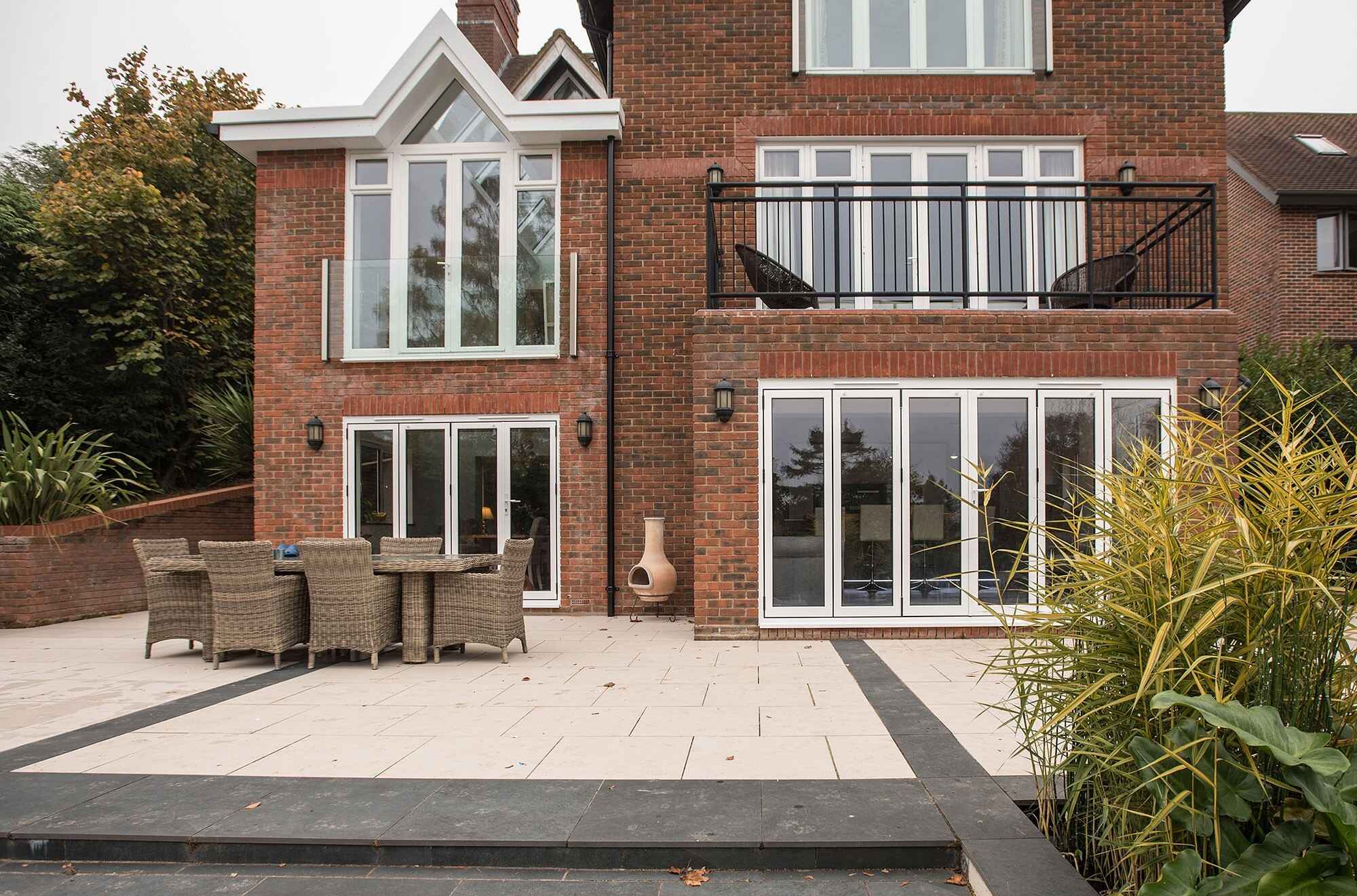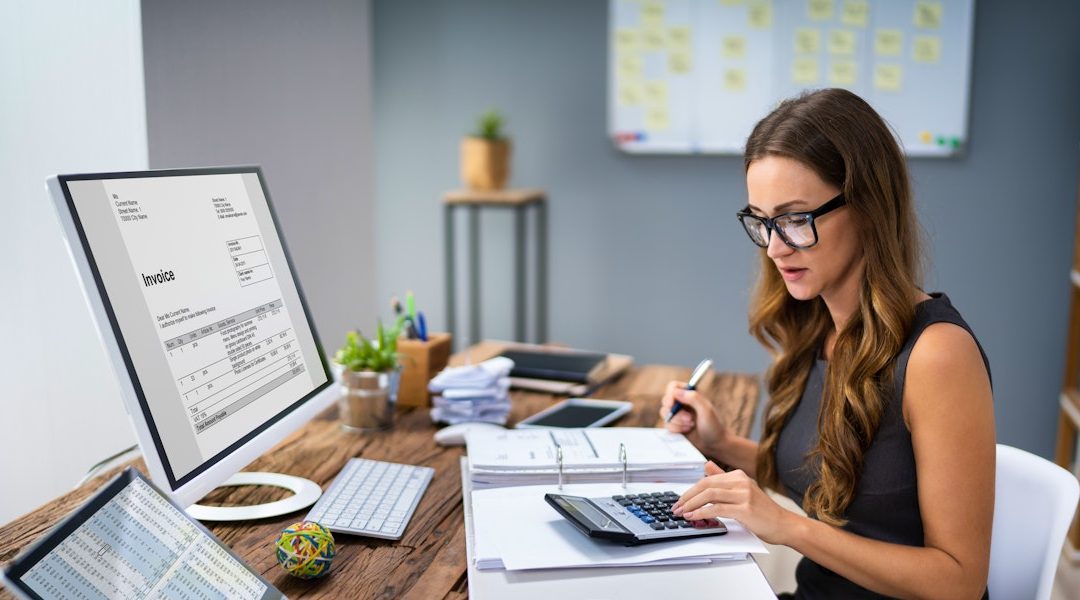The reception area is often the first point of contact for clients and visitors, making it a crucial space in any business. A modern reception desk not only serves a functional purpose but also reflects the brand’s identity and values. As businesses evolve, so do the designs and functionalities of reception desks. Here are ten essential elements that define a modern reception desk, ensuring it meets the needs of both the business and its visitors.
1. Sleek and Contemporary Design
A modern reception desk should have a sleek and contemporary design that aligns with the overall aesthetic of the office. Clean lines, minimalistic features, and a polished finish can create a welcoming atmosphere. The design should reflect the brand’s identity, whether it’s professional, creative, or innovative.
- Material Choices: Popular materials for modern reception desks include glass, metal, and high-quality wood. These materials not only look sophisticated but also offer durability.
2. Functional Layout
The layout of a modern reception desk should prioritize functionality. It should provide enough space for receptionists to work efficiently while also accommodating visitors comfortably.
-
Work Surface: A spacious work surface is essential for managing tasks such as answering phones, handling paperwork, and using computers. The desk should be designed to allow easy access to necessary tools and equipment.
-
Visitor Space: Consideration should be given to the space available for visitors. A modern reception desk should have a welcoming area where guests can comfortably wait or interact with the receptionist.
3. Integrated Technology
In today’s digital age, integrating technology into a modern reception desk is essential. This includes features that enhance communication and streamline operations.
-
Computer and Phone Systems: The desk should have built-in spaces for computers, phones, and other communication devices. Cable management systems can help keep cords organized and out of sight.
-
Digital Signage: Incorporating digital signage can provide visitors with important information, such as directions, announcements, or upcoming events. This technology can enhance the visitor experience and improve communication.
4. Storage Solutions
A modern reception desk should include adequate storage solutions to keep the workspace organized and clutter-free. This can help receptionists manage paperwork, supplies, and personal items efficiently.
-
Drawers and Cabinets: Built-in drawers and cabinets can provide hidden storage for essential items, ensuring that the desk remains tidy. Consider including lockable storage for sensitive documents.
-
Open Shelving: Open shelving can be used to display brochures, promotional materials, or decorative items that reflect the brand’s identity. This adds a personal touch while keeping important information accessible.
5. Ergonomic Design
Comfort is key in any workspace, and a modern reception desk should prioritize ergonomic design. This ensures that receptionists can work efficiently without experiencing discomfort or strain.
-
Height Considerations: The desk should be at an appropriate height for the receptionist, allowing them to sit or stand comfortably. Adjustable desks can provide flexibility for different working styles.
-
Chair Selection: Pairing the desk with an ergonomic chair can enhance comfort and productivity. Look for chairs that offer support and adjustability to accommodate various body types.
6. Aesthetic Appeal
The aesthetic appeal of a modern reception desk plays a significant role in creating a positive first impression. The desk should complement the overall design of the reception area and reflect the brand’s personality.
-
Color Schemes: Choose colors that align with the brand’s identity. Neutral tones can create a calming atmosphere, while bold colors can make a statement and convey creativity.
-
Decorative Elements: Incorporating decorative elements, such as plants, artwork, or branded materials, can enhance the visual appeal of the reception desk and create a welcoming environment.
7. Accessibility Features
A modern reception desk should be designed with accessibility in mind. This ensures that all visitors, including those with disabilities, can navigate the space comfortably.
-
Height Variability: Consider designing the desk with varying heights to accommodate both seated and standing visitors. This can make it easier for everyone to interact with the receptionist.
-
Clear Pathways: Ensure that there are clear pathways around the reception area, allowing easy access for individuals using wheelchairs or mobility aids.
8. Branding Opportunities
The reception desk is an excellent opportunity to showcase the brand’s identity. Incorporating branding elements can reinforce the company’s image and values.
-
Logo Display: Prominently displaying the company logo on the reception desk can create a strong brand presence. This can be achieved through signage, backlighting, or custom finishes.
-
Brand Colors and Materials: Using brand colors and materials in the desk design can create a cohesive look that aligns with the overall branding strategy.
9. Flexibility and Adaptability
In a rapidly changing business environment, flexibility is essential. A modern reception desk should be adaptable to accommodate future needs and changes.
-
Modular Design: Consider a modular desk design that can be easily reconfigured as the business grows or changes. This allows for adjustments in layout and functionality without the need for a complete redesign.
-
Technology Upgrades: Ensure that the desk can accommodate future technology upgrades, such as additional screens or communication devices, without requiring significant modifications.
10. Security Features
Finally, a modern reception desk should incorporate security features to protect sensitive information and ensure the safety of both staff and visitors.
-
Secure Access: If the reception area leads to restricted areas, consider implementing secure access controls, such as keycard systems or visitor check-in processes.
-
Surveillance Integration: Integrating surveillance systems can enhance security in the reception area. This can include cameras or monitoring systems that help ensure a safe environment.
Conclusion
A modern reception desk is more than just a piece of furniture; it is a vital component of a business’s first impression and overall functionality. By incorporating these ten essential elements, businesses can create a reception area that is not only aesthetically pleasing but also highly functional and welcoming. A well-designed modern reception desk can enhance the visitor experience, improve operational efficiency, and reflect the brand’s identity, ultimately contributing to the success of the organization.
What People Also Ask
What is a modern reception desk?
A modern reception desk is a contemporary piece of furniture designed for the reception area of a business. It typically features sleek lines, functional layouts, and integrated technology to enhance the visitor experience and support the receptionist’s tasks.
How can I choose the right design for my reception desk?
When choosing a design for your reception desk, consider factors such as the overall aesthetic of your office, the functionality you need, the materials you prefer, and how the desk will reflect your brand identity.
What materials are best for a modern reception desk?
Common materials for modern reception desk include wood, metal, glass, and composite materials. The best choice depends on your design preferences, budget, and the desired durability of the desk.
How can I make my reception area more welcoming?
To make your reception area more welcoming, consider adding comfortable seating, decorative elements like plants or artwork, and ensuring that the space is well-lit and organized.
What features should I include in a reception desk for accessibility?
To ensure accessibility, consider features such as adjustable height options, clear pathways for mobility aids, and varying desk heights to accommodate both seated and standing visitors.



